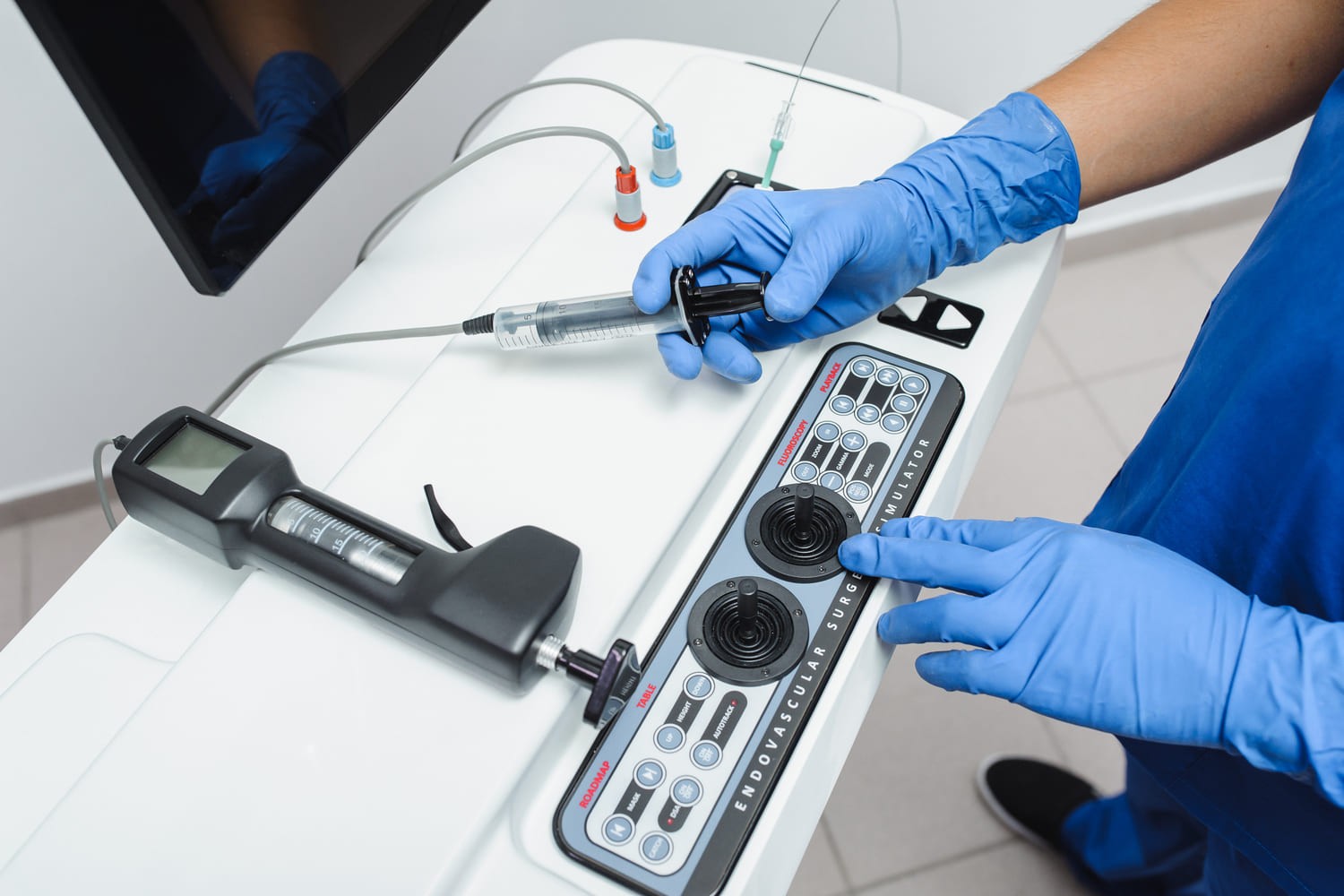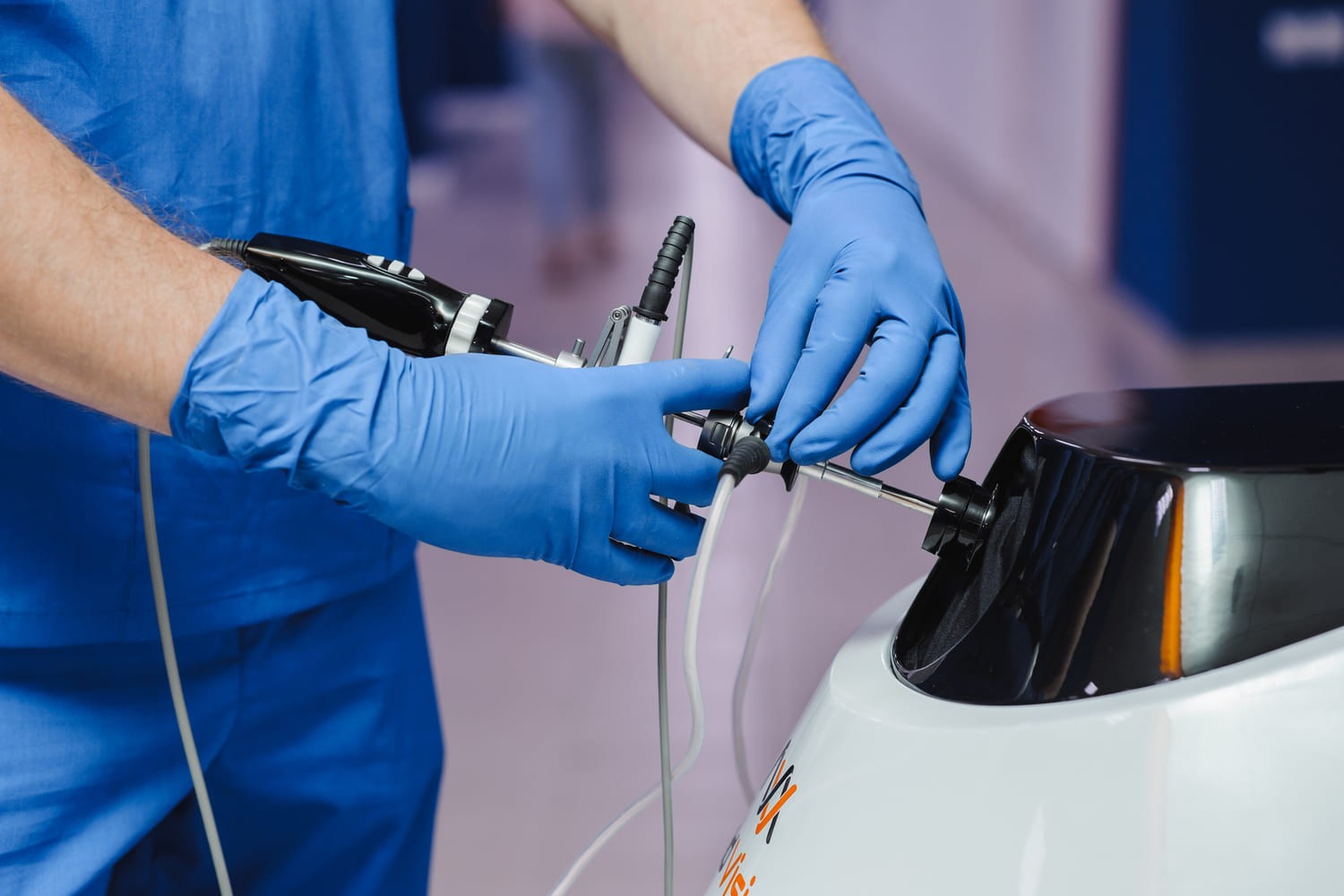
Revolutionizing Healthcare Through Simulation Training
What is Healthcare Simulation?
Imagine stepping into a high-stakes clinical environment without any real-life repercussions. That’s the promise of healthcare simulation — a transformative blend of art and science designed to replicate complex medical scenarios in a safe, controlled setting. From performing delicate surgeries to managing life-threatening emergencies, simulation has completely redefined how healthcare professionals acquire and hone their skills.
At its core, healthcare simulation creates a lifelike, hands-on learning experience, enabling trainees to face real-world challenges without risking patient safety. Whether through high-fidelity manikins that mimic human responses, virtual reality environments, or specialized task trainers, this training methodology provides an unmatched depth of practical exposure.
Why Is Simulation Crucial in Modern Medicine?
In the world of medicine, every decision counts. Errors can have devastating consequences, not only for patients but also for healthcare systems and providers. Simulation training in healthcare bridges the chasm between classroom theory and real-world application, ensuring that professionals are prepared for even the most unpredictable situations.

Key Benefits of Simulation:
- Risk-Free Learning:
Imagine being able to perfect a surgical technique or rehearse an emergency procedure without the shadow of failure looming large. Simulation creates a zero-risk environment where learners can experiment, make mistakes, and grow. - Instantaneous Feedback:
Every misstep becomes a teachable moment. Trainers and sophisticated software provide real-time feedback, helping trainees understand their errors and refine their approach. - Enhanced Teamwork:
Healthcare rarely operates in silos. Simulation training for healthcare professionals emphasizes collaborative problem-solving, sharpening team dynamics and communication under pressure. - Preparation for the Unpredictable:
From neonatal resuscitation to mass casualty events, medical simulation training equips professionals with the skills and confidence to handle rare but critical situations. - Continuous Skill Development:
Even seasoned professionals benefit from simulation, using it to maintain competency in complex procedures or adopt the latest medical innovations.
The Evolution of Simulation in Medicine
The journey of simulation in healthcare is as fascinating as its modern applications. Long before today’s cutting-edge technology, the 17th-century "birthing dummies" helped midwives learn essential delivery skills. Fast forward to the present, and advancements like MedVision’s ultra-realistic simulators have taken training to extraordinary new levels.
Spotlight on MedVision:
MedVision stands at the forefront of medical training and simulation, offering state-of-the-art solutions tailored to diverse clinical needs. Their product lineup includes:
- Leonardo: A high-fidelity simulator for adult care, equipped with unparalleled realism and functionality.
- Arthur: Focused on pediatric emergencies, ensuring professionals are ready to handle young patients with precision and care.
- Mia: A neonatal simulator designed for mastering critical newborn procedures, from resuscitation to advanced ventilation techniques.
- LapVision & HystVision: Specialized trainers for laparoscopic surgery and hysteroscopy, helping professionals develop critical surgical skills with confidence.
The impact? Educators rave about the authenticity of MedVision’s simulators, while trainees value the stress-free yet realistic environment they provide for skill development.
Breaking Down Simulation Training in Healthcare
High-Fidelity Manikins:
These sophisticated models are the heart of many simulation programs. Able to mimic human functions — like breathing, bleeding, or even displaying emotional responses — they provide unmatched realism. For instance, MedVision’s Mia neonatal simulator is indispensable for training in delicate neonatal interventions.
Virtual Reality (VR):
VR technology has revolutionized how medical professionals train, offering immersive 3D environments that replicate operating rooms, emergency departments, or diagnostic labs. Trainees can interact with virtual patients, explore anatomy in unprecedented detail, and even rehearse rare procedures.

Specialized Task Trainers:
Precision matters in medicine, and tools like MedVision’s SonoVision are designed to perfect specific skills, such as ultrasound diagnostics. These trainers allow learners to practice repeatedly until they achieve mastery.
AI and Augmented Reality:
As technology advances, AI-driven simulation tools are enabling personalized training experiences, while augmented reality enhances situational awareness during practice sessions. These innovations are transforming the very fabric of simulation training for healthcare professionals.
Real-World Applications of Medical Simulation Training
Emergency Medicine:
Simulating high-stakes scenarios, such as cardiac arrests, trauma cases, or strokes, allows professionals to develop rapid decision-making skills under pressure. With MedVision simulators, learners can experience these emergencies with astonishing realism.
Surgery:
Surgical simulation has dramatically reduced errors in operating rooms. Surgeons can perfect techniques, build muscle memory, and refine precision — all without endangering patients.
Nursing Education:
Nursing students benefit immensely from simulators like MedVision’s Leonardo, which allow them to practice essential skills such as IV insertion, wound care, and patient communication in a safe and controlled setting.
Public Health Training:
From disaster management to pandemic response, simulation prepares healthcare teams to address systemic challenges with agility and efficiency. The versatility of tools like MedVision’s AngioVision makes them invaluable for public health initiatives.
How Does Simulation Improve Patient Outcomes?
At its core, simulation is about improving care. Studies have shown that simulation reduces medical errors, increases provider confidence, and ultimately enhances patient safety. When clinicians are better prepared, patients reap the rewards.
A standout example is MedVision’s AngioVision, a simulator specializing in angiographic procedures. This tool has transformed cardiology training, enabling practitioners to rehearse intricate interventions with zero risk to actual patients.

The Future of Healthcare Simulation
The horizon for simulation in medicine is limitless. With ongoing advancements in AI, haptic feedback, and augmented reality, the potential for even greater immersion and precision is tantalizingly close.
MedVision is already spearheading these developments with:
- Custom API Solutions: Seamlessly integrating simulation data into broader healthcare training systems.
- Comprehensive Support: Offering free installation, training, and ongoing assistance to ensure every client maximizes their investment.
- Innovation: Continuously refining their product lineup to meet the evolving needs of medical education.
The result? A world where every healthcare professional is equipped to deliver exceptional care.
Simulation: A Bridge Between Theory and Practice
Healthcare simulation is where theoretical knowledge meets practical application, creating a powerful tool that transforms abstract learning into tangible skills, ensuring better care and safer outcomes.
Empowering Healthcare Through Simulation
At its heart, healthcare simulation fosters a culture of lifelong learning, where medical professionals continuously refine their skills to meet the demands of an ever-evolving field. By bridging gaps between experience levels and specialties, simulation ensures that healthcare systems are as adaptive and resilient as the professionals within them.
FAQs: Everything You Need to Know About Simulation
Is simulation suitable for experienced healthcare professionals?
Absolutely. Simulation isn’t just for trainees — it’s a powerful tool for maintaining competency, mastering new techniques, and staying updated with medical advancements.
How does simulation impact medical errors?
Research consistently shows that simulation reduces errors by allowing professionals to practice and learn in a controlled, risk-free setting.
What are some examples of simulation tools?
MedVision’s product range includes simulators for neonatal care, pediatric emergencies, surgical training, and much more.
Why is simulation training important for healthcare professionals?
Simulation provides a safe environment for developing skills, refining techniques, and improving teamwork. These factors directly translate into better patient outcomes.
What is healthcare simulation?
It’s a training method that uses realistic scenarios and tools — like manikins, VR, or AI-driven platforms — to replicate clinical experiences, enhancing learning and preparedness.
Immerse yourself in a demo to see how MedVision transforms traditional learning into an engaging, interactive experience
Subscribe for the Latest News!





